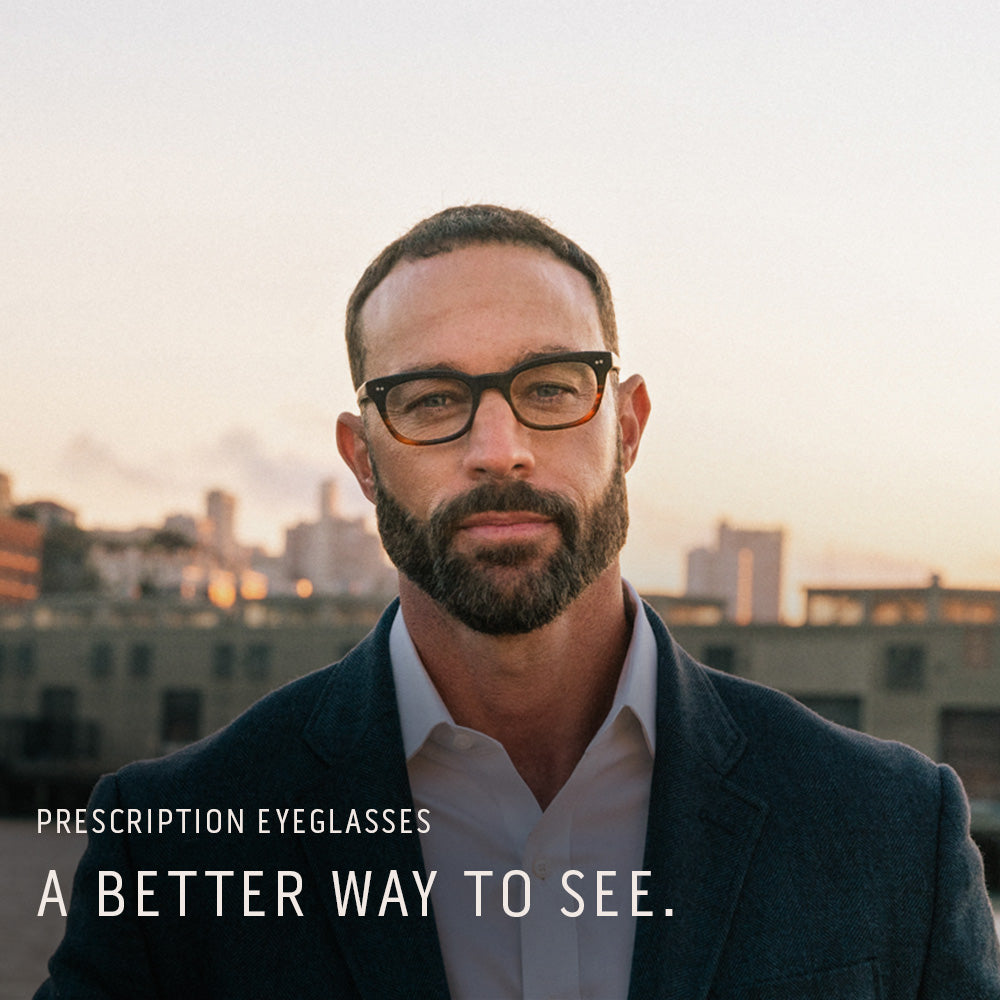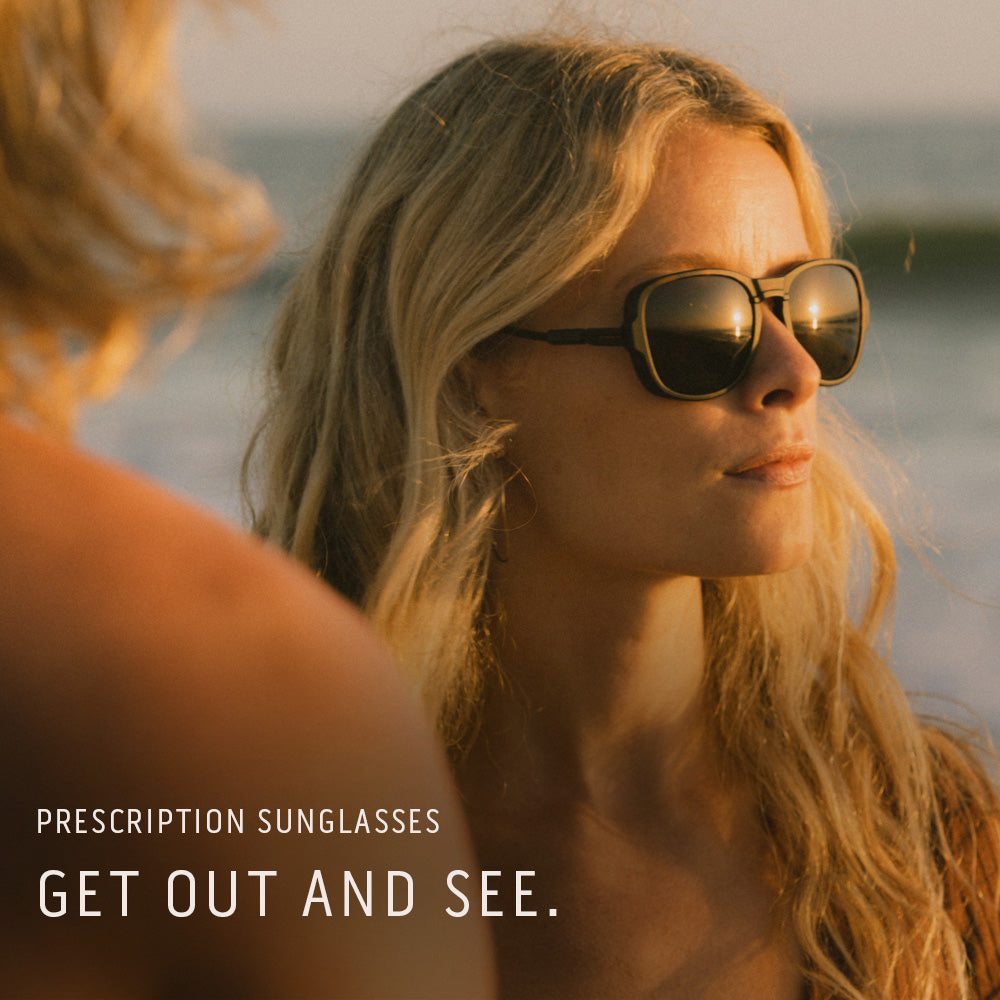Reading
Prescription
LENSES
Have a pair of favorite glasses or prescription sunglasses that you love but can't see out of anymore?
Give your favorite frames a second life with brand new lenses by L&F. Send us your prescription, we'll send you label to ship us your old frames, and then we'll get those old frames fitted with lenses that will change the way you see your world.
Have a pair of favorite glasses or prescription sunglasses that you love but can't see out of anymore?
Give your favorite frames a second life with brand new lenses by L&F. Send us your prescription, we'll send you label to ship us your old frames, and then we'll get those old frames fitted with lenses that will change the way you see your world.

SHOP REPLACEMENT LENSES

SHOP OMBRAZ LENSES

Having Trouble Adapting to Progressive Lenses?
Progressive lenses (also known as "no-line bifocals") are an amazing multi-focal invention that literally has different zones in the lens to help your eyes to see clearly into the far distance, up close to read your phone or tablet, and a transitional zone in the middle of the lens that allows you to focus on anything in between. And unlike your grandfather's bifocals which had a distinct line across the lens showing the world that he needed magnification to focus up close, progressive lenses don't have any visible lines - in fact, they look just like any other lens so nobody needs to know.
Curious if you need multi-focal Rx Progressive lenses? Click this link to our article explaining how to read the vision numbers in your eyeglasses prescription.
Unfortunately, not everyone adapts easily to wearing a lens that has several different regions designed to help you focus at several different distances. It can be quite disorienting, even downright dizzying, to look down through a pair of progressive lenses for the first time while navigating stairs and feel like the floor appears closer than it really is!
To help any first-time progressive lens wearer to adapt, we think it's important to understand the physical geography of your new progressive lenses. First, let's address the different vision zones that are located in a vertical column (sometimes referred to as a "corridor"). This will help explain why progressive lens wearers may slightly tilt their heads down when looking at something in the distance, or may slightly tilt their heads up when reading a menu in a restaurant or glancing at their phone. In order to see clearly at different distances, you need to be able to see through the right part of the lens (top, middle or bottom):
* TOP part of the lens is designed for clear vision into the FAR distance: (defined as anything located beyond ~6 feet from your eyes).
* MIDDLE part of the lens is where the lens helps you transition clearly from your far distance to MIDDLE distance (anything within about 2 to 6 feet from your eyes).
* BOTTOM part of the lens progressively adds magnification so you can easily focus up CLOSE to see your phone or read a book (anything within about 2 feet from your eyes).
Next, let's consider what's going on horizontally in progressive lenses. In particularly, what happens to your vision when your eyes pan side-to-side across your lenses. The eyeglass industry likes to use an illustration of a lens with an hourglass shape drawn on it:
* It shows a WIDE vision zone that stretches across the entire TOP of the lens (this is your FAR distance vision zone that allows you to see clearly across the top of the lens).
* Then the hourglass NARROWS in the middle of the lens (this is the "corridor") where the lens is engineered to help your eyes transition to see clearly in your MIDDLE distance zone. There is a "sweet spot" where your vision is very clear and comfortable in the center column of the vertical "corridor"; but if your eyes stray to either side of this center "sweet spot" your vision will become less clear. This is why progressive lens wearers sometimes rotate their heads a little to the right or a little to the left when viewing objects within about 5 to 6 feet - the slight head rotations help their eyes to locate the "sweet spot" and fine-tune their Middle distance and Near vision.
* And the hourglass opens up WIDE again at the bottom (this is your NEAR vision zone where the added magnification helps your eyes to focus clearly on objects that are close to you).
Have a question about the adapting to your progressive lenses? Click this link to send us a question. We're quick to respond and we're happy to help in any way we can.
There are many different progressive lens designs available for us to choose from in order to optimize your visual experience. Some are designed to make it easier to see into the distance, others make it easier to see up close. For example, one of our most useful specialty lens designs is our Extended Vision Reading Glasses - you'll wear them like normal reading glasses to see up close, except that these lenses also extend your vision up to about six feet so you can also see your computer screen and everything in your workspace, or be able to look up and see clearly around the room without having to look over the top of your reading glasses.
We'd love to help identify the best possible progressive lens design for you. Feel free to reach out if you have any questions about progressive lenses - or if you are curious which lens design might be best for you. We'd love to help in any way we can.
Also in Eyewear Explainers

What are progressive glasses, who needs them and how do they help people see more clearly

Computer Glasses. What and Why







